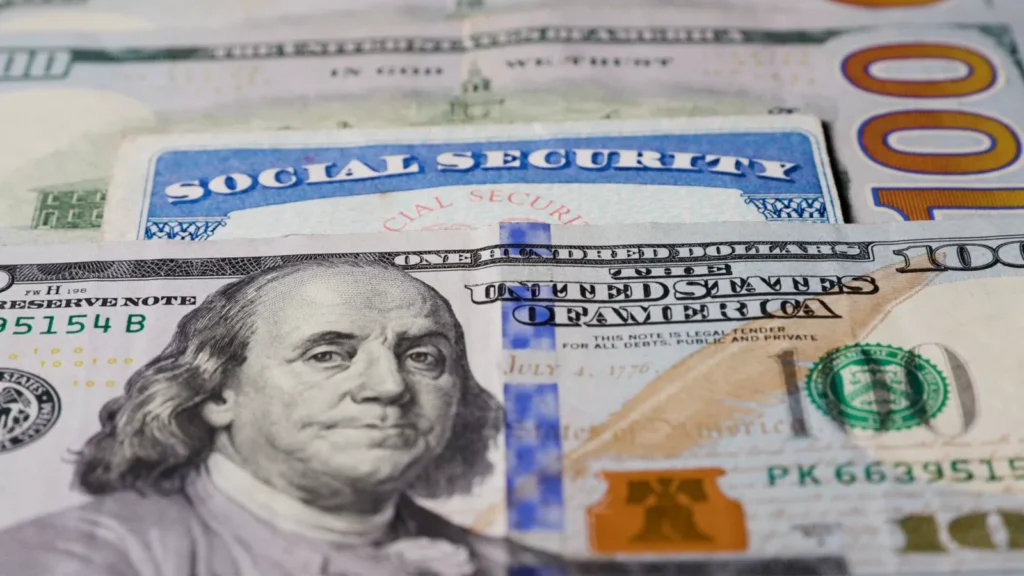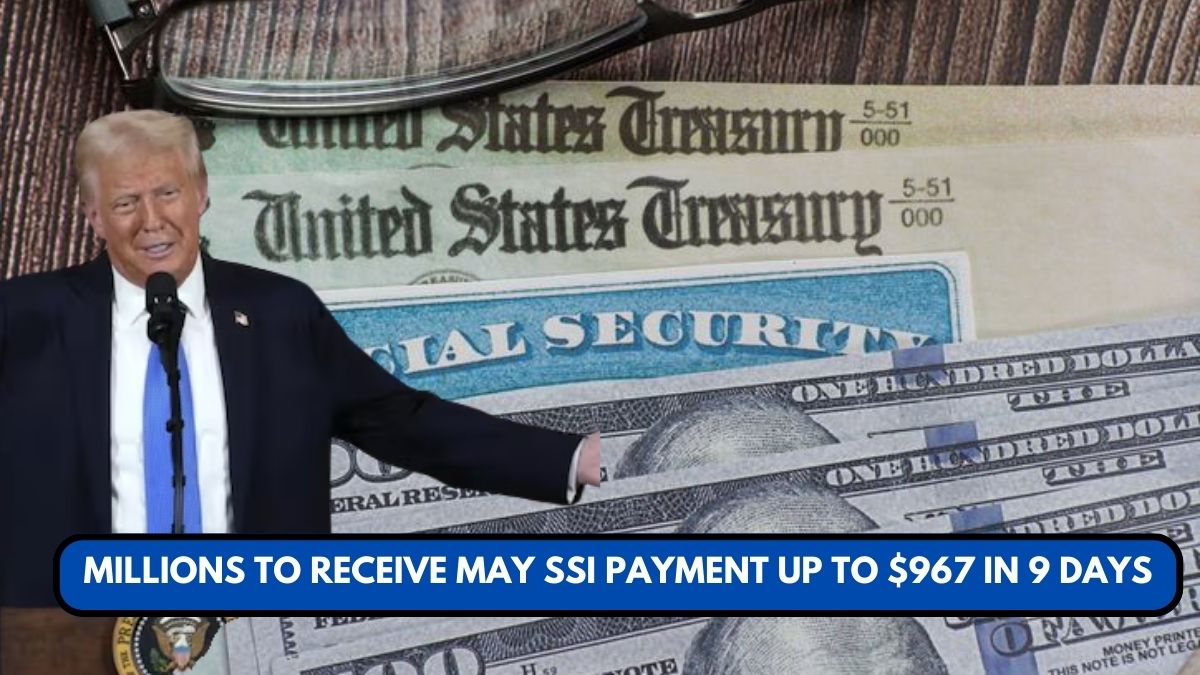Millions of Americans who rely on Supplemental Security Income (SSI) can expect their next direct payment—worth up to $967—to be issued on May 1, 2025. This monthly disbursement is especially significant following the 2.5% cost-of-living adjustment (COLA) that took effect in January, aimed at offsetting inflation and helping low-income individuals manage everyday expenses.
What Is SSI and Who Qualifies?
SSI is a federal income supplement program designed by the Social Security Administration (SSA) to assist aged, blind, and disabled people who have little or no income. It provides cash to meet basic needs for food, clothing, and shelter.
To be eligible for SSI, you must:
- Be at least 65 years old, or blind, or have a qualifying disability
- Have limited income and financial resources
- Be a U.S. citizen or a qualifying non-citizen

When Is the May 2025 Payment Going Out?
The next SSI payment is scheduled to be disbursed on May 1, 2025. The SSA always issues these payments on the first of each month unless that date falls on a weekend or a federal holiday.
How Much Will You Receive?
The maximum federal SSI payments in 2025, based on the 2.5% COLA, are:
- $967 for an eligible individual
- $1,450 for an eligible couple
- $484 for an essential person (someone who lives with and provides necessary care to the recipient)
What About the June Payment?
There’s a quirk in the SSI schedule for June 2025. Because June 1 falls on a Sunday, the June payment will be issued early—on May 30, 2025. This results in two SSI payments in May, but recipients are reminded that this is not a bonus—it’s simply an advance for the following month.
This scheduling rule is a common practice by the SSA and ensures that beneficiaries don’t face payment delays over weekends or holidays.
Why the $967 Amount Matters
The $967 figure reflects a modest increase over previous years, driven by the COLA. While inflation in early 2025 has stabilized, it still places pressure on individuals with fixed or limited incomes. The COLA ensures that Social Security and SSI benefits maintain their purchasing power.
For context, the annual COLA is based on the Consumer Price Index for Urban Wage Earners and Clerical Workers (CPI-W).
How to Track Your Payment
Beneficiaries can track their SSI payments using the SSA’s My Social Security online portal. Setting up an account allows you to:
- Verify payment history
- Check expected delivery dates
- Update personal or banking information

Don’t Confuse SSI with Social Security Retirement
It’s important to note that SSI is not the same as Social Security retirement benefits. Although both are administered by the SSA, SSI is based on financial need, whereas retirement benefits depend on your work history and the taxes you’ve paid into the system.
Need to Apply for SSI?
If you believe you or a loved one might be eligible for SSI but are not currently enrolled, applications can be submitted online or by calling your local SSA office. The process can be started here: https://www.ssa.gov/ssi/
Final Thoughts
The upcoming May 1 SSI payment of up to $967 is a lifeline for many Americans. As inflation continues to stretch household budgets, timely and consistent federal support remains critical. If you’re already enrolled, make sure your direct deposit information is current. If you’re eligible but not yet receiving benefits, consider applying to ensure you don’t miss out.
This article has been carefully fact-checked by our editorial team to ensure accuracy and eliminate any misleading information. We are committed to maintaining the highest standards of integrity in our content.

Deepak Grover is a dedicated content writer at OTE News, specializing in government affairs, public policy, and current events. With a keen eye for detail and a passion for factual reporting, he ensures readers receive accurate and insightful news. Deepak holds a degree in Political Science and has experience in research-driven journalism.
When not writing, he enjoys reading historical books, exploring hiking trails, and staying updated with global political trends. His commitment to ethical journalism makes him a trusted voice at OTE News.




